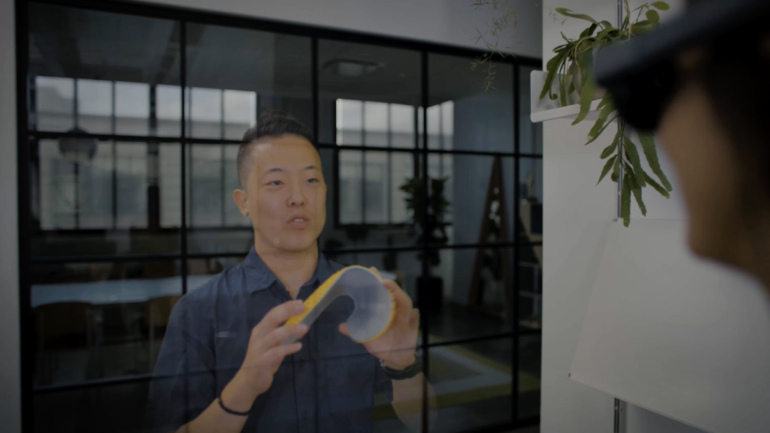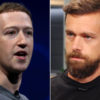Cisco on Tuesday unveiled Webex Hologram, a service that will bring augmented reality to its collaboration platform. Used with AR headsets, such as Magic Leap and Microsoft HoloLens, Webex Hologram promises to deliver photorealistic, real-time holograms of actual people.
Cisco has been dramatically revamping its Webex portfolio over the past year, the Covid-19 pandemic increased the need for virtual collaboration tools. Webex is a behemoth in the crowded collaboration market, but competitors like Zoom, Microsoft Teams and Google Meet — just to name a few — have helped the space quickly evolve.
Earlier this year, Facebook introduced its own attempt at mixed reality collaboration, with Oculus Horizon Workrooms. Facebook’s offering, however, presents participants as avatars rather than photorealistic holograms. Cisco says the use of holograms makes the experience more engaging and realistic.
Cisco laid out for ZDNet the technology behind the photorealistic holograms:
A cloud rendering technique that allows the light field to be partially rendered in the cloud with final render adjustments done in the headset. This allows the scene on the headset to be immediately updated, eliminating the motion sickness associated with other experiences. This technique also optimizes compute power by pushing the bulk of compute off of the headsets, thus bypassing headset limitations, and instead leverages the full power of cloud servers to deliver a superior experience. The innovation in our rendering allows Webex Hologram to run adeptly over today’s internet, including LTE.
Innovations enabling a simple capture of the light fields, as well as compression and transmission of the light fields over the internet. Cisco’s compression techniques enable upload of the capture to the cloud and transmission from the cloud down to the headset, all within the range of a typical broadband connection.
Light fields for exceptional holographic quality. While light fields themselves are not a new invention, they do offer advantages over volumetric video. For example, light fields can represent a real world given point in a scene as different colors when viewed from different angles, whereas volumetric video will typically limit representation to the same color. With Webex Hologram, this difference allows light fields to be better at representing shining and reflective objects, such as human eyes.
Webex Hologram is currently available to a limited number of customers in a pilot program. Cisco is currently focused on uncovering use cases and applications with customers through the program, as well as incorporating feedback. From there, they plan to expand the beta offering.
While many workers already complain about meeting fatigue, Cisco makes the case that, if employees and employers really prefer hybrid work models, mixed reality collaboration can help facilitate that.
“Our mission at Cisco is to empower the 3 billion digital workers on the planet to participate equally from anywhere in the world,” Cisco EVP Jeetu Patel said in a statement. “Webex Hologram represents a large step toward our mission of delivering a delivering a work experience so seamless that there is no gap between virtual and in-person collaboration.”
The tool could be particularly useful, Cisco says, for teams that require hands-on collaboration, such as design or training with a physical object. For instance, if a medical device manufacturer produces a new product, the company could use Webex Hologram to introduce it to physicians, technicians, or sales teams who need to be trained quickly.
McLaren Racing is testing the service and said it’s a “powerful tool” for design engineers, drivers and crews.
“Rather than flying a technician to the racing team or explaining procedures through flat images, with the Hologram technology we can immediately show an engine component from every angle, convey sizing, and instruct on assembly and usage as if they were in person – all while saving countless hours in travel time,” McLaren Racing CEO Zak Brown said in a statement.
Webex Hologram lets presenters share both physical content and digital content. It also supports a “1:many” presenter experience so multiple users can each simultaneously receive a multi-dimensional experience. It’s also headset agnostic.



